Loveseat
September 29th, 20169/29/2016 Sun shines while rain falls
Life in Florida is certainly paradoxical, maybe even oxymoronic (or, at least in politics, just moronic?) September 28th, 20169/28/2016 "going out to the thing and giving oneself to it, allowing it to communicate its essence, allowing it to say what it will . . . was one of Thomas Merton's profoundest orientations . . . As a result, his concept of aesthetic beauty differed from that of most men. Most would pass by dead tree roots in search of a rose. Merton photographed the dead tree root or the texture of wood or whatever crossed his path . . . he photographed the natural, unarranged, unpossessed objects . . ." John Howard Griffin
Perhaps then (in Zen terms), he sought to show the "suchness" of what is, not what he thought or imagined it to be. September 23rd, 20169/23/2016 Yesterday, the image included an external view of the Dali Museum. This is from the interior.
"To write haiku, to become this intimate with the moment, the poet must completely disengage, if only for an instant, all of her interpretative faculties. The mind must become one with the world, a detail of the world--the splash, a peach blossom, a neon sign flashing along the highway, the sound of the mountain stream. The poet's craft has to slip through the intellectual filters and instinctively record the image that has been received." John Daido Loori (A haiku is a short poem, for instance: Sun shines, leaves look bright yellow Then cloud covers sun Wham! Color drained from trees What Loori wrote about such a poem seems to me (and to him) an accurate description of hat it's like to take a photograph, when one is really doing it well.) September 20th, 20169/20/2016 St Petersburg has just gone through a flurry of mural painting downtown (including on the street pavement at one intersection!). So I decided to try my hand at it--via a photographic image run through software programs. The above is the result.
September 19th, 20169/19/2016 Neither of these images is great, but they demonstrate in a way what Gail Bjork wrote:
"I have discovered that the greatest reward of landscape photography lies not in seeing one of my images hanging on the wall or gracing the pages of a magazine or website, but rather in the heightening of my ability to see and appreciate the natural world around me." (Italics added) September 15th, 20169/15/2016 "Autumn asks . . . that we learn to let go--to acknowledge the beauty of sparseness." Bonaro Overstreet
September 14th, 20169/14/2016 More from Gary Snyder on the wild: 'culture itself has a wild edge. As Claude Levi-Strauss remarked years ago, the arts are the wilderness area of the imagination surviving, like national parks, in the midst of civilized minds."
September 13th, 20169/13/2016 Gary Snyder on what he calls the "wild": "The wild--often dismissed as savage and chaotic by 'civilized' thinkers--is actually impartially, relentlessly, and beautifully formal and free." And he uses a phrase I find particularly suggestive: "the ferocious orderliness of the wild."
Categories |
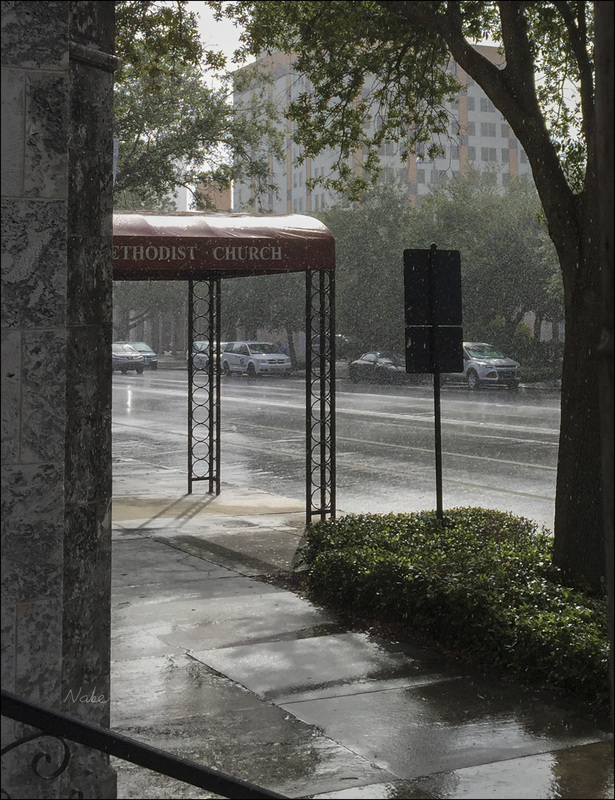
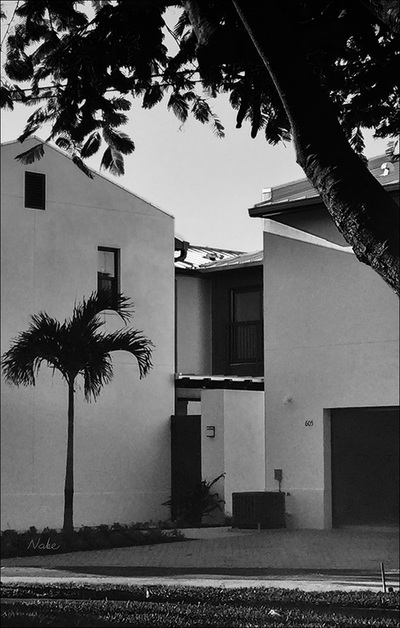
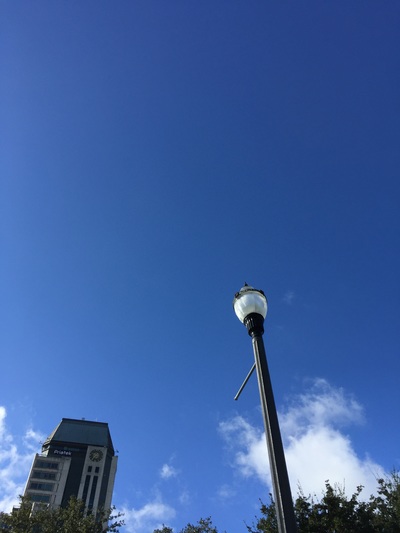
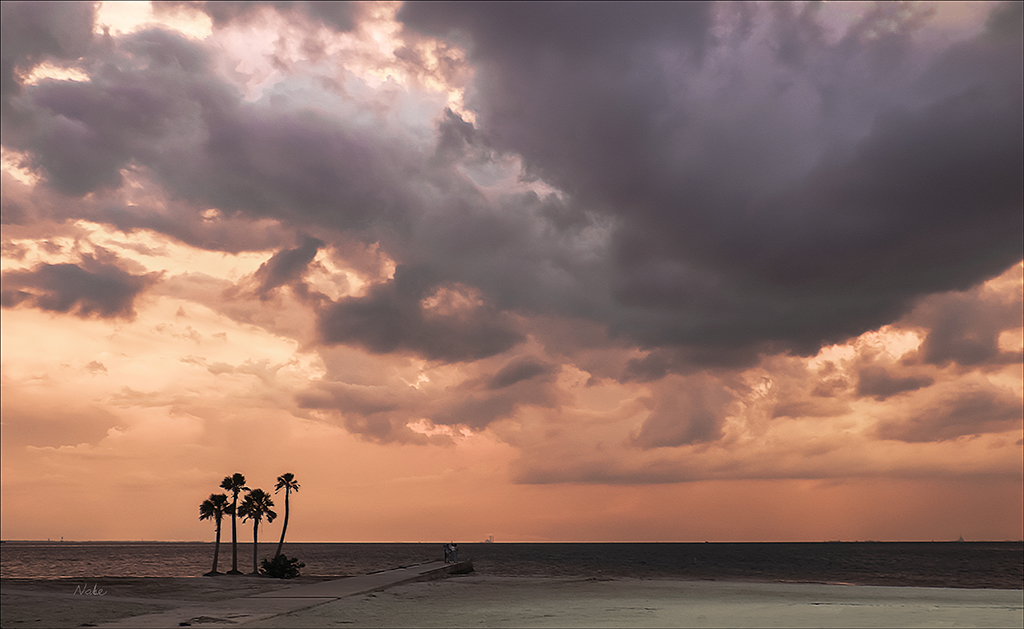
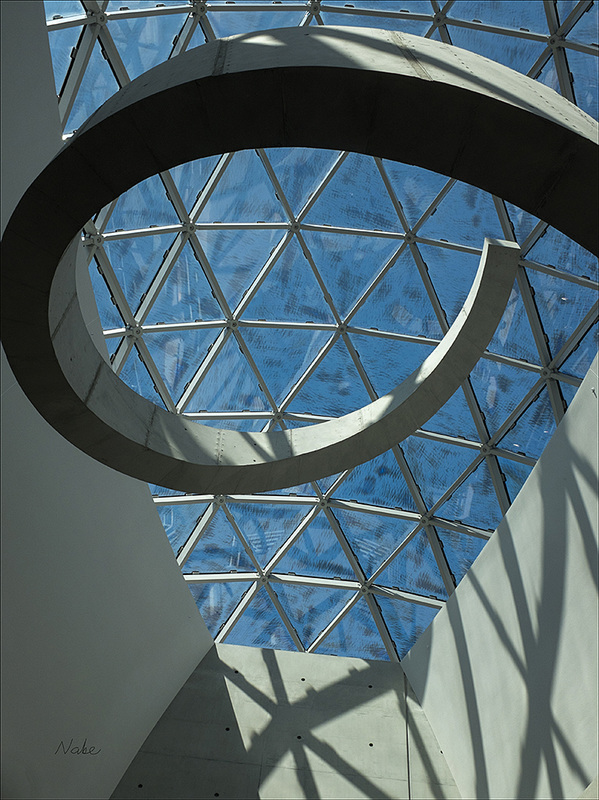
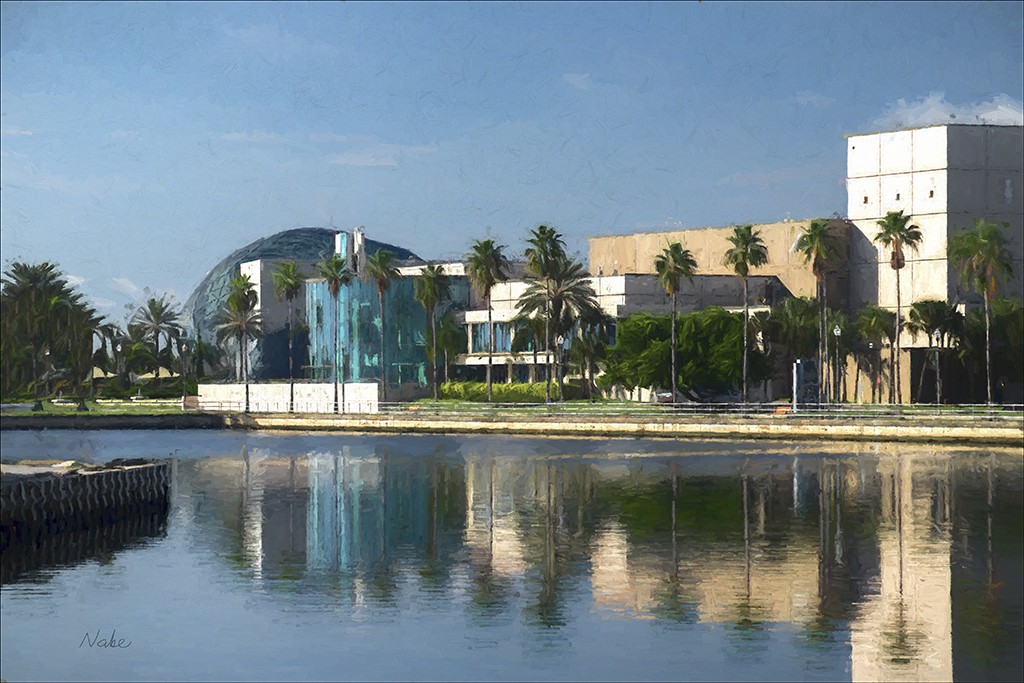

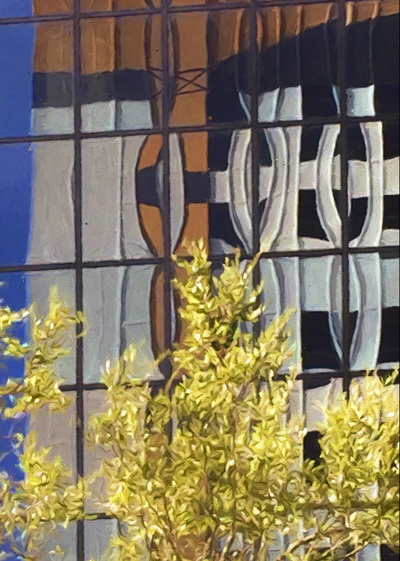
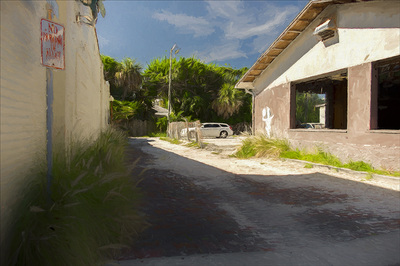
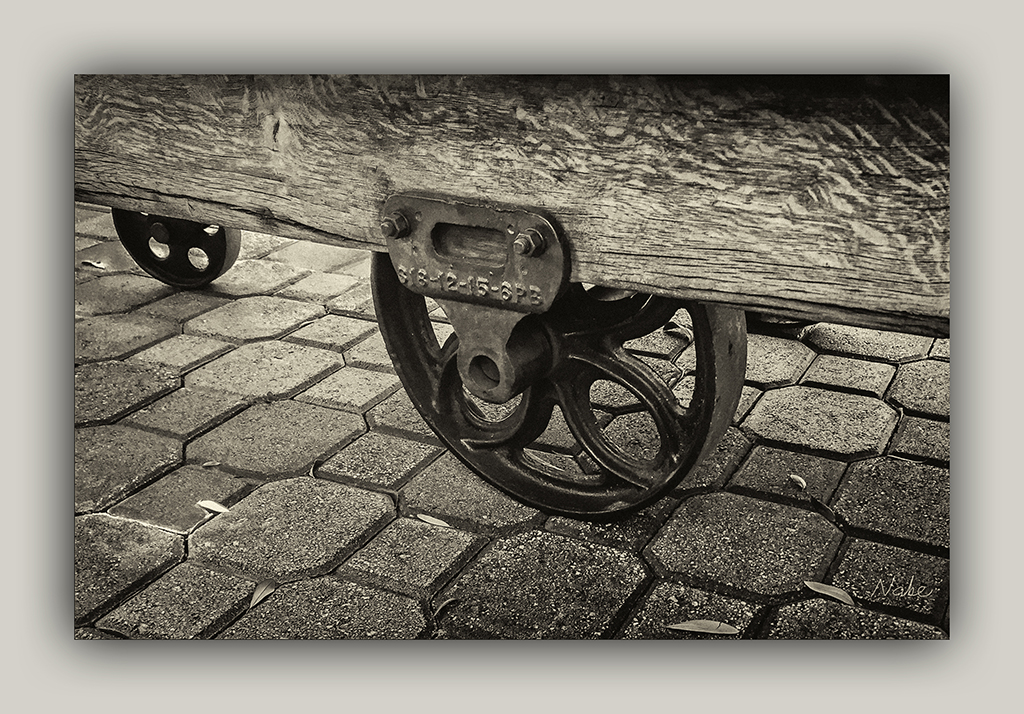

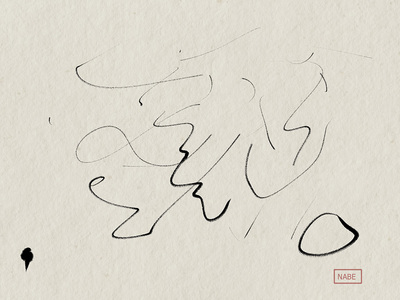

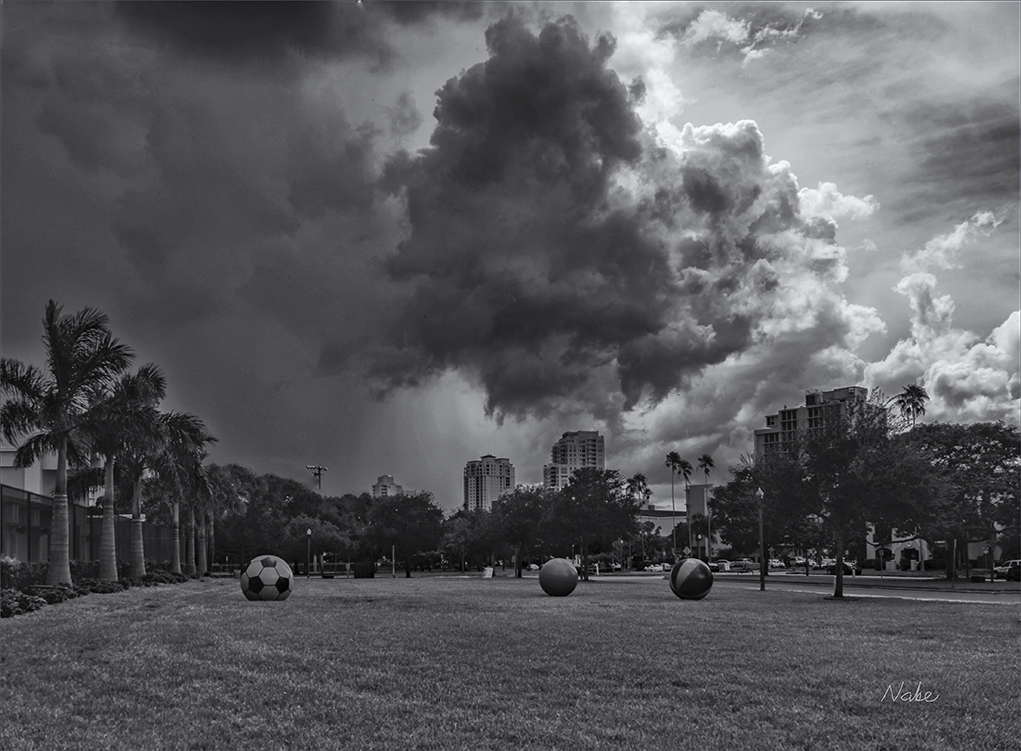
 RSS Feed
RSS Feed